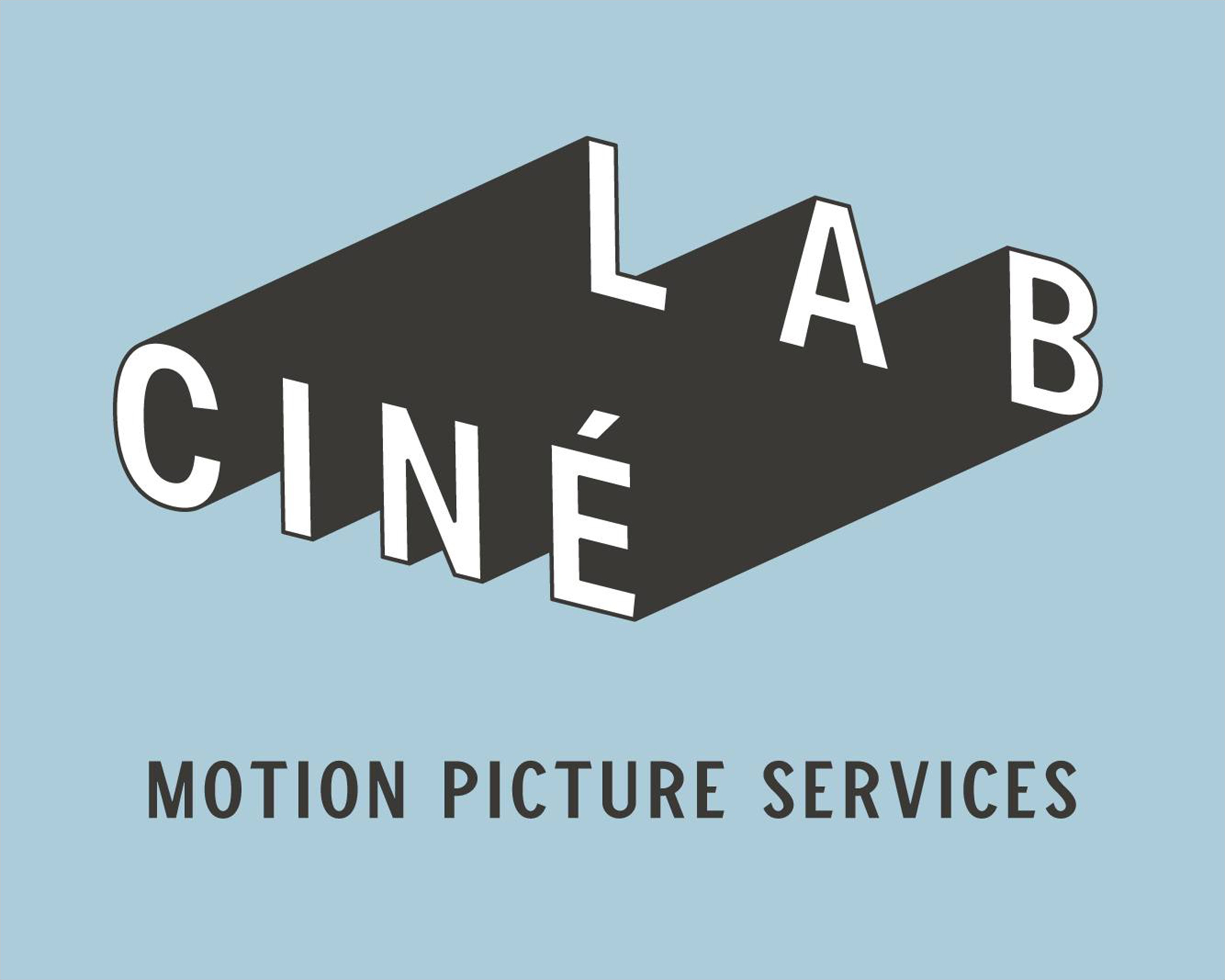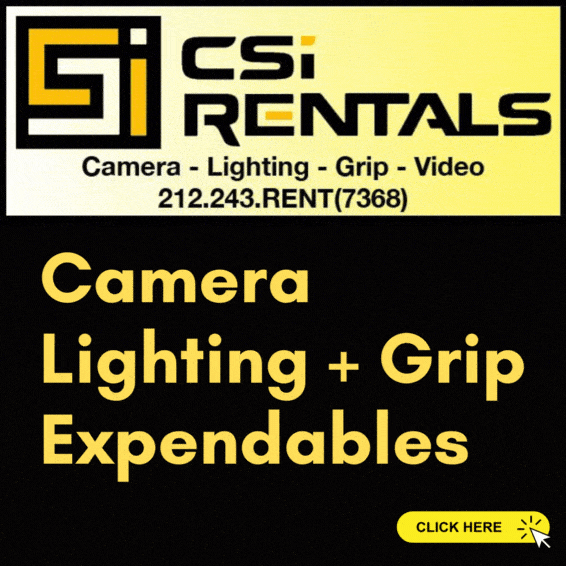You are using an out of date browser. It may not display this or other websites correctly.
You should upgrade or use an alternative browser.
You should upgrade or use an alternative browser.
Lighting for a club scene
- Thread starter EHarris
- Start date
David Mullen ASC
Active member
You have to start by knowing what the minimal amount of light you need for however you are planning on shooting this project.
I had a similar problem on a movie, a nightclub where the owner would only allow me to add SLIGHTLY brighter lights to her very dim lighting scheme. I basically used 800 ASA film and Super-Speed lenses, and decided I could get away with underexposing the main lights by one stop, so that's how "bright" I lit the nightclub to, basically to 1600 ASA at T/1.4. The rest of the nightclub's lighting was probably another stop below that, but I knew that it would read on film. But the whole scene was still a bit grainy for my tastes (this was not a documentary afterall) and the focus was really shallow in 35mm, plus I was shooting everything handheld.
So let's say you're shooting on the Sony F900, which is about 320-to-400 ASA at 0 db with a 1/48th shutter. So testing shows you that you can get away with +6 db, which is one stop more exposure, so about 800 ASA. Then you can turn off the shutter and get the equivalent of 1600 ASA (or 800 ASA at 1/24th of a second.) And you decide that the colored lighting can be about a stop underexposed to look natural. And you use lenses that are T/2.0 wide-open, like some zooms are.
With this knowledge, you can now add lighting to the club to a bare minimum level to get an exposure, and probably not be overpowering the available light in the club as well.
Or if you're shooting Super-16 on 7218, you may decide that you can get away with rating the stock at 1000 ASA with a one-stop push, and you can use a T/2 zoom, and that the lights can be exposed one-stop under. So again, now you know what level you can light to.
I had a similar problem on a movie, a nightclub where the owner would only allow me to add SLIGHTLY brighter lights to her very dim lighting scheme. I basically used 800 ASA film and Super-Speed lenses, and decided I could get away with underexposing the main lights by one stop, so that's how "bright" I lit the nightclub to, basically to 1600 ASA at T/1.4. The rest of the nightclub's lighting was probably another stop below that, but I knew that it would read on film. But the whole scene was still a bit grainy for my tastes (this was not a documentary afterall) and the focus was really shallow in 35mm, plus I was shooting everything handheld.
So let's say you're shooting on the Sony F900, which is about 320-to-400 ASA at 0 db with a 1/48th shutter. So testing shows you that you can get away with +6 db, which is one stop more exposure, so about 800 ASA. Then you can turn off the shutter and get the equivalent of 1600 ASA (or 800 ASA at 1/24th of a second.) And you decide that the colored lighting can be about a stop underexposed to look natural. And you use lenses that are T/2.0 wide-open, like some zooms are.
With this knowledge, you can now add lighting to the club to a bare minimum level to get an exposure, and probably not be overpowering the available light in the club as well.
Or if you're shooting Super-16 on 7218, you may decide that you can get away with rating the stock at 1000 ASA with a one-stop push, and you can use a T/2 zoom, and that the lights can be exposed one-stop under. So again, now you know what level you can light to.
Similar threads
- Replies
- 1
- Views
- 296
- Replies
- 0
- Views
- 397
- Replies
- 0
- Views
- 205
- Replies
- 0
- Views
- 301





